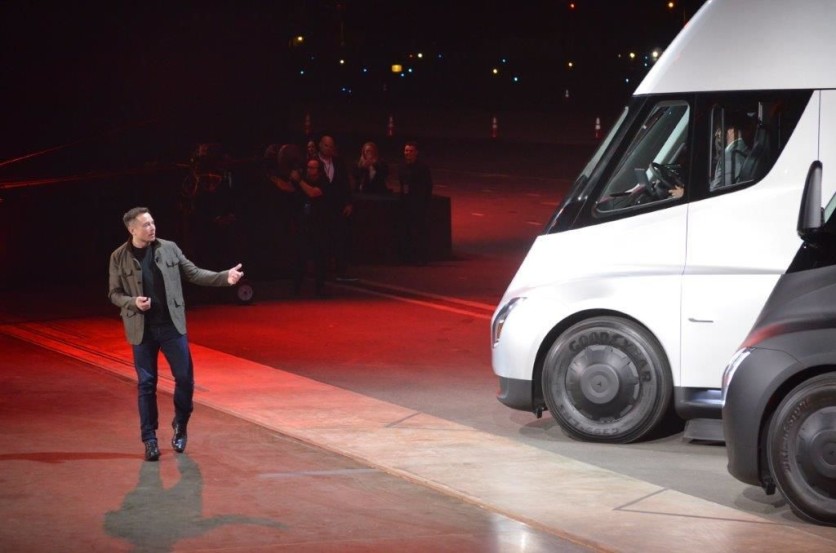
This week, a rare Tesla Semi electric truck emerged from hiding to transport pre-assembled Superchargers to the Laguna Seca racetrack in California.
Tesla Semi Truck Seen by the Public After Years of Delay
The company hardly ever makes public appearances with the electric semi-truck because the Tesla Semi program is currently three years behind schedule. While it awaits the arrival of its 4680 battery cells in bigger volumes, the company only created a small number of them at a facility in Nevada, and it hasn't yet shifted to mass manufacturing.
Although Tesla has made strides in establishing low-volume production of an electric semi-truck in Nevada, the automaker confirmed last year that customer deliveries of the Tesla Semi had been delayed. New prototypes have been sighted in Gigafactory Nevada in recent months. Nevertheless, Tesla has consistently asserted that it will be its own best client when it comes to the Tesla Semi, and it is already making good use of the few electric trucks it possesses.
The manufacturer has previously delivered Model 3 cars to clients using its Tesla Semi electric truck. More recently, the company invested $13 million in equity to purchase auto-hauling trucks and trailers. They published some photographs of one of its prototype semi-electric trucks carrying Tesla automobiles last month.
In addition to this, Tesla has published a video of the electric truck being used to transport pre-assembled Superchargers to the Californian racetrack Laguna Seca:
Installing pre-assembled Superchargers at Laguna Seca pic.twitter.com/TZ9DkwTpqM
— Tesla Charging (@TeslaCharging) June 29, 2022
Previously, Tesla used pre-built Supercharger stations to speed up the rollout of the fast-charging stations. By the end of 2021, the company had increased from having 23,277 Superchargers at 2,564 stations to having 31,498 Superchargers at 3,476 stations. That is increasing at a rate of 35% annually.
Tesla once installed a new Supercharger in just eight days by shipping the chargers in a pre-fabricated system with the charging stalls and cabinets resting on concrete footings. The company is also constructing a station at the Laguna Seca racetrack. This track is well-liked by EV owners, particularly Tesla performance car owners in California who cannot push their cars to the limit on public roads.
Tesla owners frequently utilize the racetrack as a yardstick for the highest-performance electric car models, such as when the Model S Plaid broke the EV record last year. A fast-charging station at the track will be very helpful because electric vehicles operate at their peak when they are fully charged. And now, perhaps for the first time, an electric vehicle-the Tesla Semi electric truck-delivered the charging station for electric automobiles.
Tesla Speeds Amidst Series of Layoffs
All of these advancements, however, take place against the backdrop of Tesla's enormous layoffs. According to those familiar with the situation, Tesla recently laid off hundreds of personnel on its autopilot team when the electric car company closed a California site. According to the person privy to the report, the majority of the roughly 200 employees let go were hourly workers, which came as a surprise considering that Tesla had previously reported headcount reductions aimed at paid roles. Elon Musk has revealed a strategy to increase hourly employment.
Teams in San Mateo were assigned to analyze client car data relating to Autopilot driver-assistance technologies and doing data labeling. Many of the employees were data annotation specialists, all hourly roles, according to one of the sources who asked not to be identified because they were talking about private information.
Prior to the layoffs, the office had roughly 350 employees, some of whom had already been relocated to a nearby site in recent weeks, according to the sources. The latest moves mark a shift after a surge in hiring in recent years to fortify Tesla's position as the EV market leader. The company, now based in Austin, Texas, had grown to about 100,000 employees globally as it built new factories in Austin and Berlin.




